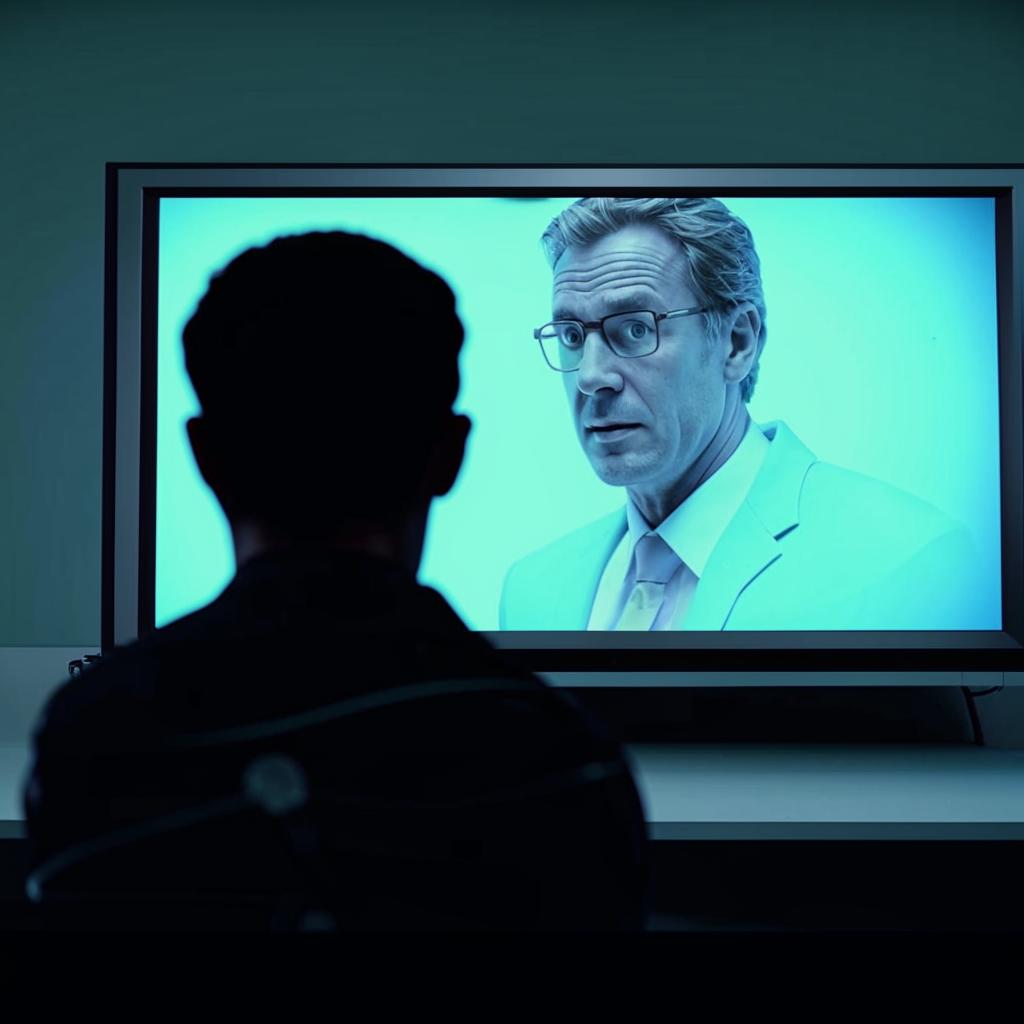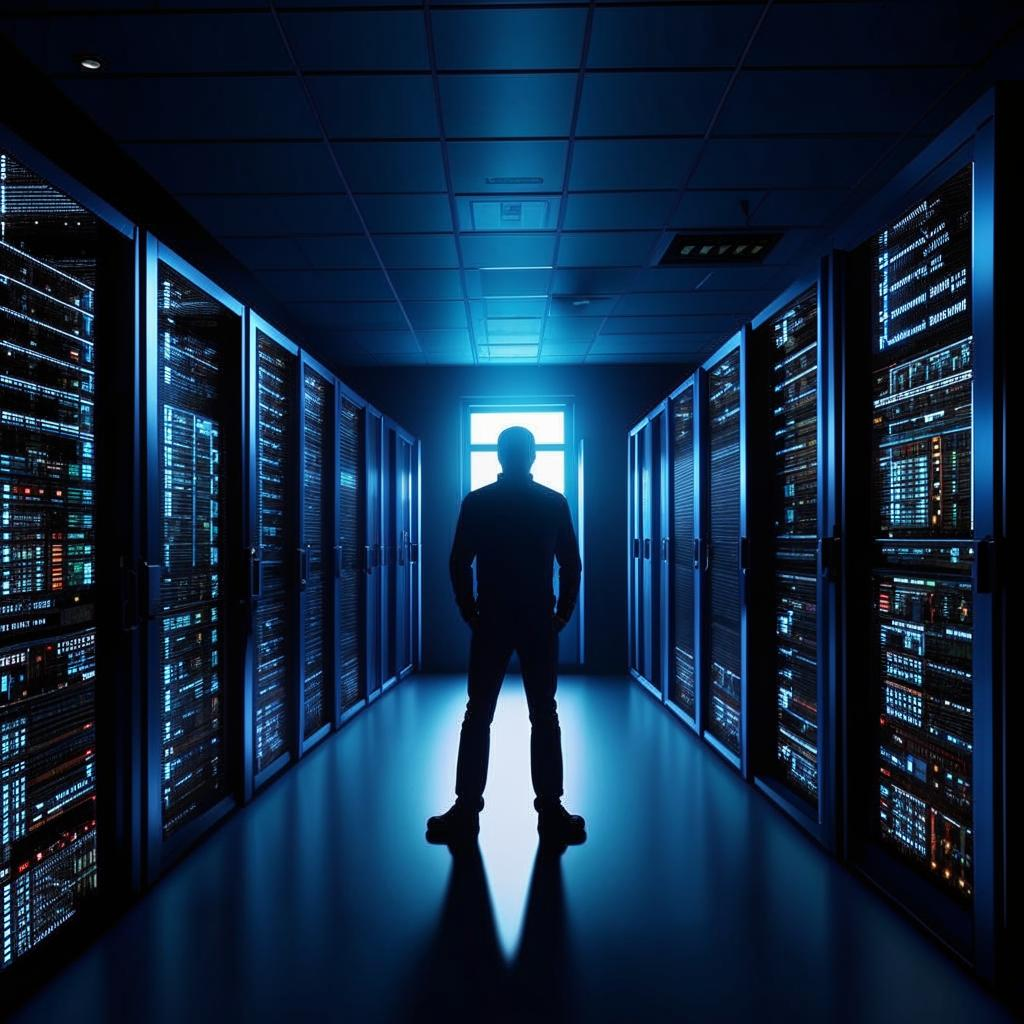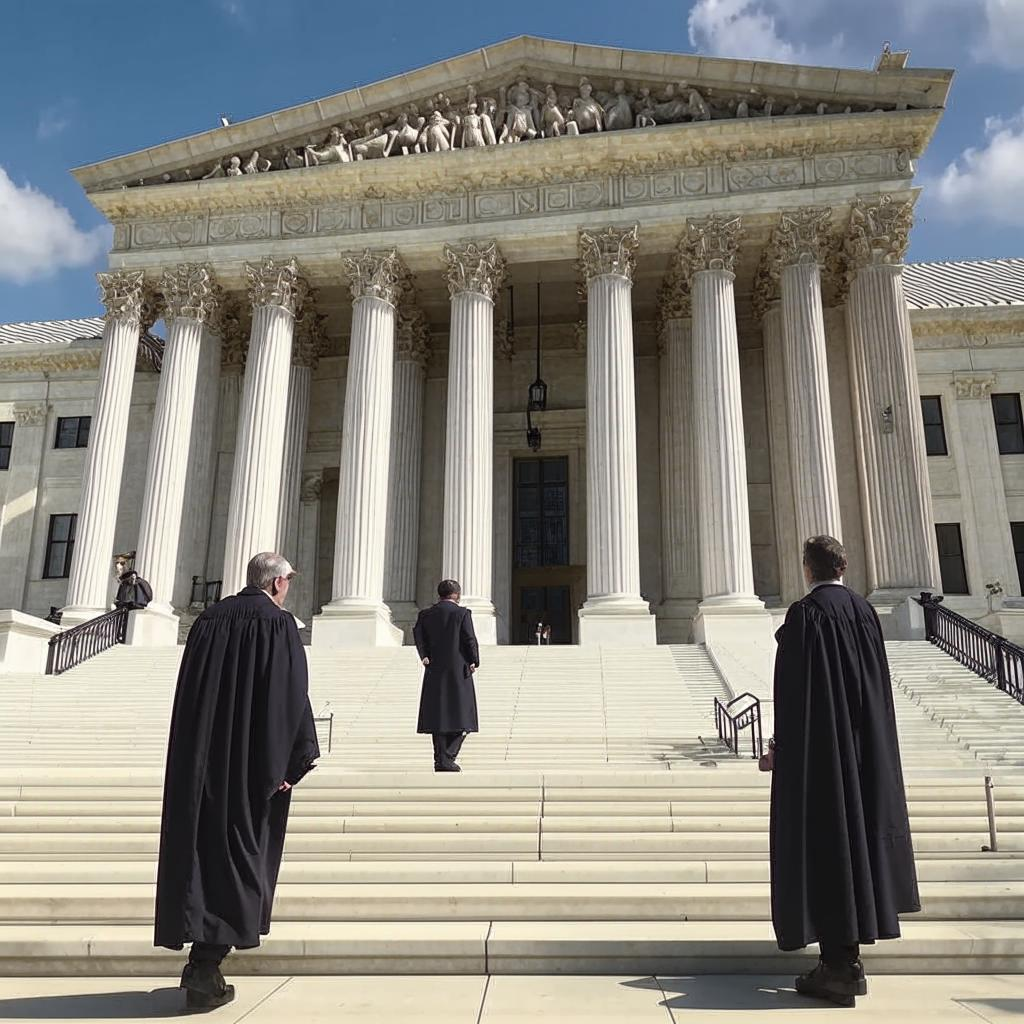AI-generated deepfakes are rapidly evolving, posing a significant threat to truth and trust in the digital realm. These manipulated videos and audio recordings, often difficult to distinguish from reality, can be used to spread misinformation, damage reputations, and even influence elections.
The technology behind deepfakes has become increasingly accessible, making it easier for malicious actors to create and distribute deceptive content. While deepfakes have some legitimate uses, such as in film and entertainment, their potential for misuse is alarming. Experts warn that deepfakes can be used to fabricate evidence, spread propaganda, and sow discord in society.
The impact of deepfakes on elections is a major concern. Manipulated videos of candidates making false statements or engaging in compromising behavior could sway voters and undermine the integrity of the democratic process. The challenge lies in detecting deepfakes quickly and accurately before they can cause widespread damage.
Combating deepfakes requires a multi-faceted approach. This includes developing advanced detection technologies, educating the public about the risks of deepfakes, and implementing regulations to hold those who create and distribute them accountable. Media literacy is crucial in helping individuals critically evaluate online content and identify potential deepfakes.
As AI technology continues to advance, the battle against deepfakes will become even more challenging. Staying ahead of the curve requires ongoing research, innovation, and collaboration between governments, tech companies, and the public. The future of truth in the digital age depends on our ability to effectively address the threat of deepfakes.
Finishtit















